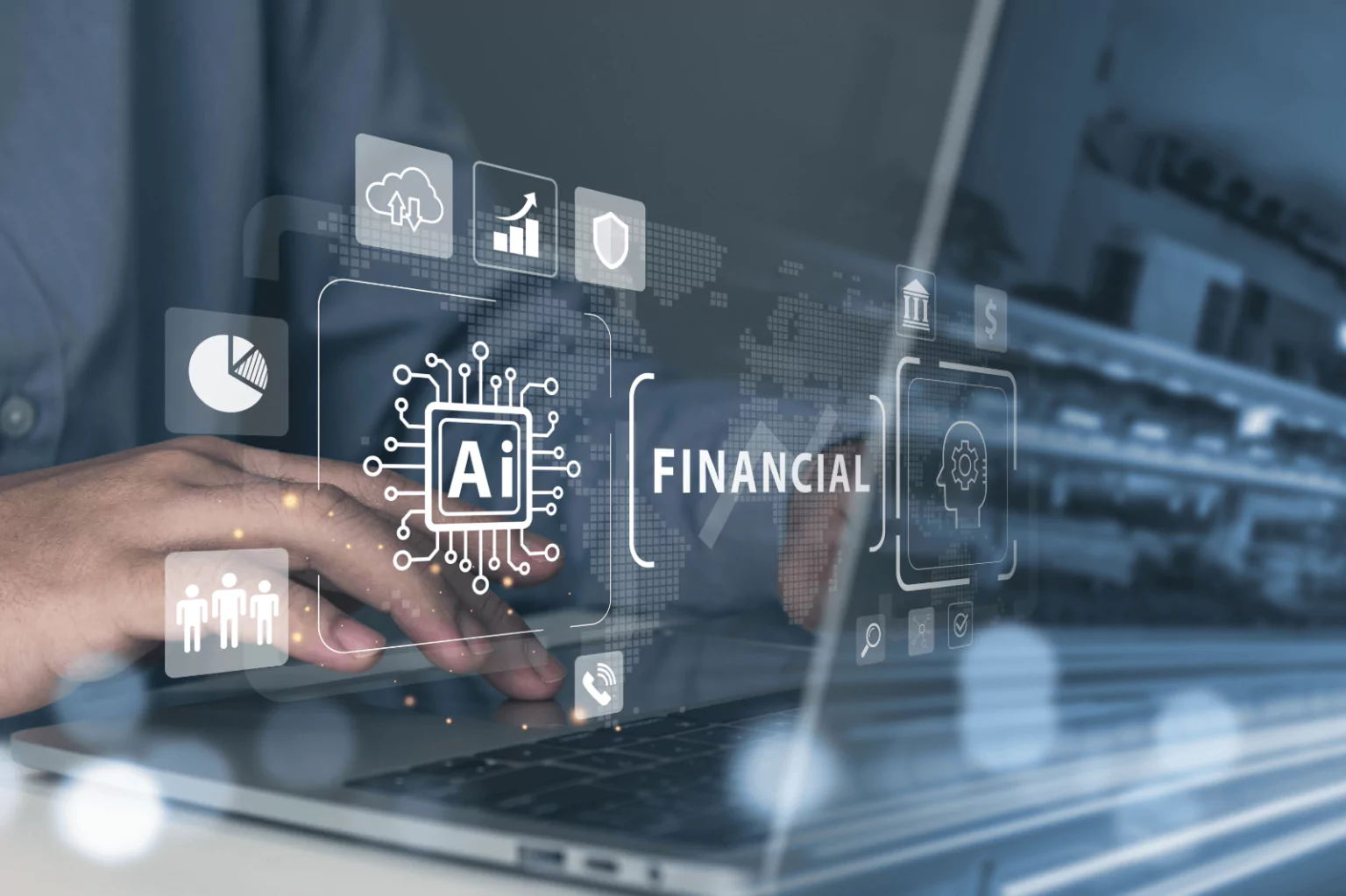Introduction
Generative AI is revolutionizing the banking sector, offering unprecedented opportunities for enhancing efficiency, personalizing customer experiences, and managing risks. This comprehensive article explores the transformative impact of generative AI on banking, delving into its applications, benefits, challenges, and the future outlook. The insights are based on recent developments and real-world implementations in the financial industry.
Context and Background
What? Generative AI refers to artificial intelligence systems capable of generating new data that mimics the properties of existing data. In the context of banking, it encompasses applications such as automated customer service, fraud detection, risk management, and personalized financial advice.
Where? Banks and financial institutions worldwide are adopting generative AI technologies, with significant advancements seen in the United States, Europe, and Asia.
When? The integration of generative AI in banking has accelerated over the past few years, with 2024 being a pivotal year marked by widespread adoption and innovation.
Overview of Generative AI in Banking
Generative AI is transforming various aspects of banking, from improving customer interactions to enhancing back-office operations. Here are some key areas where AI is making a significant impact:
- Customer Service Automation: AI-powered chatbots and virtual assistants provide 24/7 customer support, resolving queries and performing transactions efficiently.
- Fraud Detection and Risk Management: AI systems analyze transaction patterns to identify fraudulent activities and manage risks proactively.
- Personalized Financial Services: AI enables banks to offer tailored financial products and advice based on individual customer profiles and behavior.
- Operational Efficiency: Automating routine tasks such as data entry and compliance checks improves operational efficiency and reduces costs.
AI is not just a tool for efficiency; it’s a transformative technology that enhances our ability to serve customers and manage risks.
Jane Fraser, CEO of Citigroup. Detailed Analysis and Insights
Customer Service Automation
Generative AI is revolutionizing customer service in banking by enabling instant, accurate, and personalized interactions. AI chatbots and virtual assistants are now capable of handling a wide range of customer queries, from account inquiries to loan applications. For instance, Bank of America’s Erica, a virtual financial assistant, uses AI to provide customers with personalized insights and support, enhancing their banking experience. Link: Bank of America’s Erica.
Given the political will, we could resolve debt concerns quite easily.
Paul Krugman Fraud Detection and Risk Management
AI’s ability to analyze vast amounts of data in real-time makes it an invaluable tool for detecting fraudulent activities. Generative AI models can identify unusual patterns and anomalies that may indicate fraud, allowing banks to take swift action. For example, JPMorgan Chase uses AI to monitor transactions and detect fraud, significantly reducing losses and enhancing security. Link: JPMorgan Chase Fraud Detection.
Personalized Financial Services
Generative AI allows banks to provide highly personalized financial services, improving customer satisfaction and loyalty. By analyzing customer data, AI can offer tailored advice and product recommendations. For instance, Wells Fargo uses AI to provide personalized investment advice, helping customers achieve their financial goals. Link: Wells Fargo Personalized Services.
Operational Efficiency
AI automates routine banking tasks, reducing human error and improving efficiency. This includes tasks such as processing loan applications, compliance checks, and data entry. Citibank, for example, uses AI to streamline its loan processing operations, reducing the time required to approve loans and enhancing customer satisfaction. Link: Citibank AI Operations.
Challenges and Considerations
Despite the numerous benefits, the adoption of generative AI in banking comes with challenges. These include data privacy concerns, the need for regulatory compliance, and the risk of job displacement. Banks must navigate these challenges carefully to harness the full potential of AI while maintaining customer trust and regulatory standards.
Future Outlook
The future of generative AI in banking looks promising, with continuous advancements expected in the coming years. AI will likely become even more integrated into banking operations, offering deeper insights and more sophisticated services. Innovations such as predictive analytics and advanced risk modeling will further enhance the capabilities of AI in banking.
Conclusion
Generative AI is poised to redefine the banking landscape, offering numerous benefits from enhanced customer service to improved risk management. As banks continue to adopt and innovate with AI, they must address the associated challenges to fully realize the potential of this transformative technology. The future of banking lies in the successful integration of AI, making financial services more efficient, personalized, and secure.




